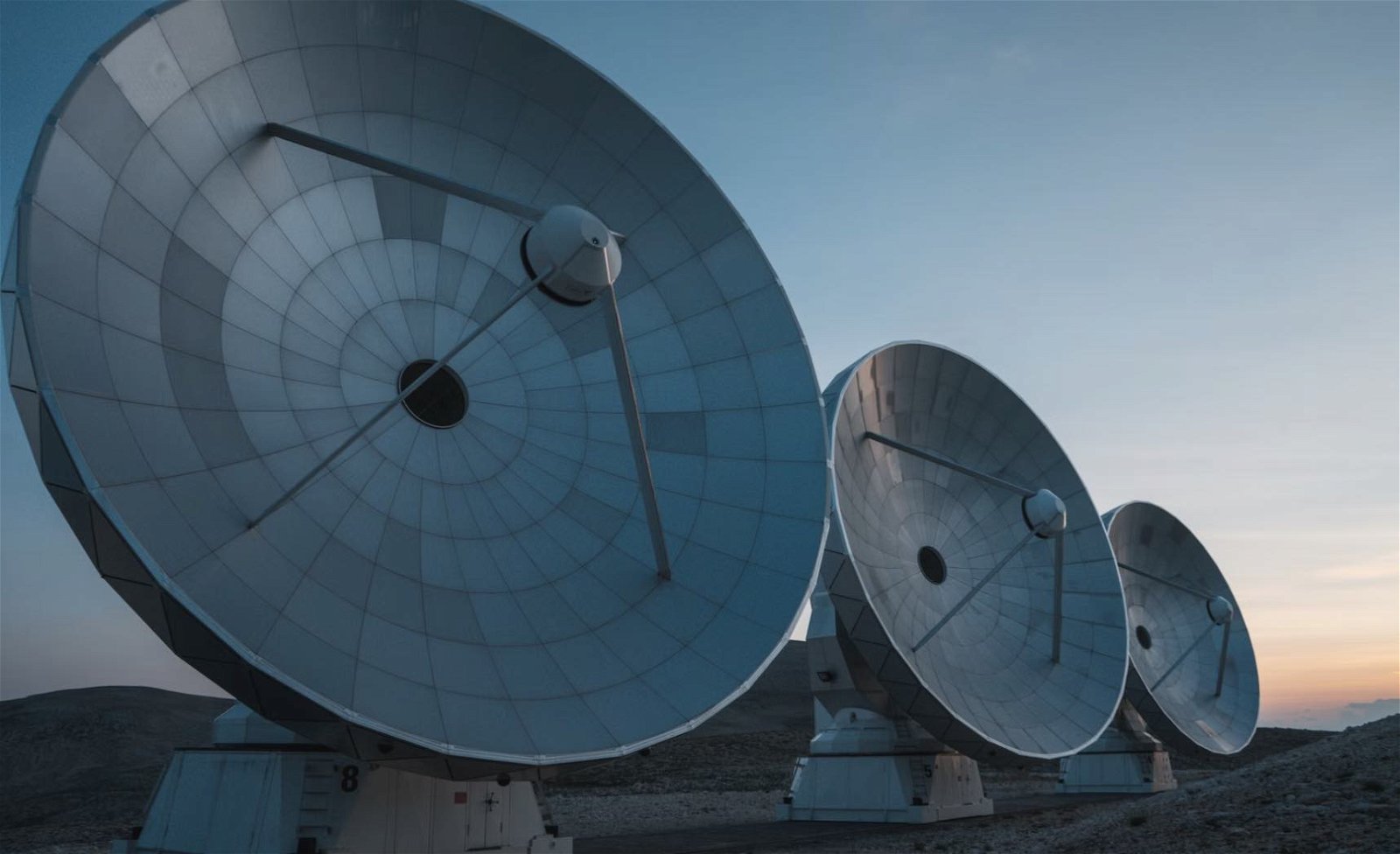“Where is everybody?” the physicist suddenly exclaimed, arousing laughter from the other scientists at the table. Although he had been no more specific than this, everyone seemed to know precisely what he was referring to: where are all the aliens?
These had been the famous words physicist Enrico Fermi expressed in the summer of 1950, as recalled in a letter from his colleague Edward Teller, during one of several lunchtime sessions at Los Alamos National Laboratory in New Mexico. Earlier that day, Fermi and Teller, along with coworkers Emil Konopinski and Herbert York, had been discussing the recent spate of UFO sightings in the United States when the conversation shifted to one of the greatest questions about our universe: if there is a likelihood that other forms of intelligent life exist out there, then where are they?
The debate over what has since been referred to as “the great silence” or, more commonly, Fermi’s paradox, continues into the present day. Proposed solutions include the possibility that life is simply not that common throughout the universe or that intelligent aliens may even be hiding from us.
But what if it were the other way around: is it possible that we are effectively hidden from any extraterrestrials that may be technologically equipped to find us?
This is the argument presented in a new paper by a team of researchers, who say that all evidence of intelligent life on Earth may simply be hidden from extraterrestrials that could otherwise be looking for us.
One of the most promising techniques SETI researchers may be able to use to detect distant, potentially habitable planets involves microlensing. This refers to a unique astronomical phenomenon that arises from the gravitational lens effect, which can be useful to astronomers in searching for stars and planets even when they don’t emit enough light to be plainly visible.
However, turning the cosmic lens on ourselves, in their recent paper, the research team asks fundamental questions about Earth’s own detectability with the help of gravitational lensing, as it might be viewed by any prospective alien civilizations from afar.
In the recent study by University of Manchester astronomer Eamonn Kerins and several colleagues, the team looked at the question of how our planet’s microlensing signal might be perceived by any intelligent extraterrestrials with technologies comparable to those we currently use in our own SETI searches.
“In principle, Earth’s microlensing signal could offer the chance for other technological civilizations to find the Earth across Galactic distances,” the paper’s authors write. In their research, the team examined locations throughout the galaxy that might provide the best vantage points for observing what they call the “Earth microlensing zone,” or EMZ.
“The EMZ can be thought of as the microlensing analogue of the Earth Transit Zone (ETZ) from where observers see Earth transit the Sun,” the authors write. By employing data contained within the ESA’s Gaia DR2 catalogue, they were able to map the likely probability and detection rates of any potential distant observers.
Although Earth resides in a solar system where it is joined by several nearby planetary neighbors, the team found that such factors do not significantly improve Earth’s visibility through microlensing. In fact, quite the opposite appears to be the case.
“Earth is in fact well hidden to observers with technology comparable to our own,” the authors conclude, noting that our planet’s microlensing signatures would likely be visible, on average, “only tens per year” by any potential extraterrestrial civilizations within range.
Put another way, Earth’s location some 27,000 light years away from the galactic center of the Milky Way places us in a cosmic location that, according to the team’s conclusions, is likely to prevent most alien observers from spotting us, at least using photometric microlensing techniques. Which may not be such a bad thing, given that we currently have no way of knowing what kinds of reasons extraterrestrials might have for seeking us out.
Fortunately, we can at least hope that their motivations might be similar to ours, and that encumbered by such great distances, the discovery of distant intelligent life would unlikely facilitate any direct contact between civilizations.
The team’s paper, “Earth through the looking glass: how frequently are we detected by other civilizations through photometric microlensing?”, was published in Monthly Notices of the Royal Astronomy Society.
Micah Hanks is Editor-in-Chief and Co-Founder of The Debrief. Follow his work at micahhanks.com and on Twitter: @MicahHanks.

